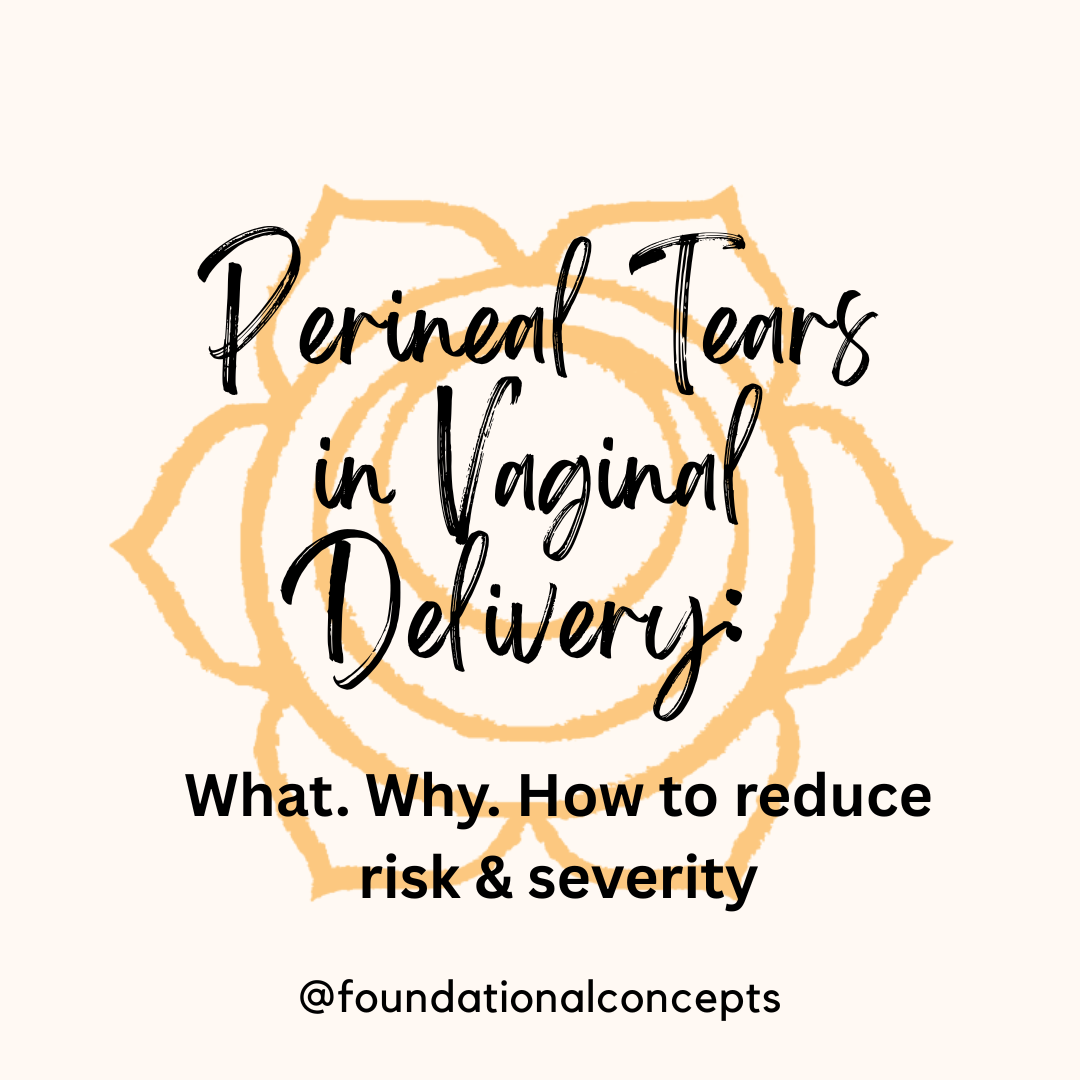
Pudendal Nerve Injuries During Childbirth
Childbirth can bring significant physical changes and challenges. Among them, pelvic nerve injuries—especially those affecting the pudendal nerve—can cause lasting pain and dysfunction for new mothers. These injuries typically occur due to either traction (stretching) or compression (pressure), each with distinct mechanisms, symptoms, and treatment implications.
We will explore the differences between pudendal nerve traction and compression injuries, the resulting symptoms involving pain, bladder, bowel, and sexual dysfunction, the impact on pelvic and spinal stability, and how pelvic floor physical therapy can aid recovery.
The pudendal nerve originates from the sacral spinal nerves (S2–S4) and travels through the pelvis to innervate the pelvic floor muscles, perineum, anus, and genitalia. It plays a crucial role in:
- Urinary and fecal continence
- Sexual function
- Sensation in the perineal region
- Motor control of pelvic floor muscles
During vaginal delivery, the pudendal nerve is particularly vulnerable as the baby’s descent through the birth canal can result in mechanical stress.
Traction injuries occur when the pudendal nerve is overstretched—often due to prolonged labor, especially the second stage when pushing occurs. The nerve may be pulled beyond its physiological tolerance, leading to microtrauma or axonal damage.
Causes of Traction Injuries:
- Prolonged second stage of labor
- Forceps-assisted delivery
- Large baby (macrosomia)
- Malpositioned baby (e.g., occiput posterior)
- Multiple vaginal deliveries
Symptoms of Traction Injury:
- Pelvic pain: Burning, sharp, or aching pain in the vagina, perineum, or rectum
- Bowel dysfunction: Difficulty evacuating stool, fecal incontinence, or loss of rectal sensation
- Bladder symptoms: Urinary retention, stress incontinence, urgency, or incomplete voiding
- Sexual dysfunction: Decreased sensation, dyspareunia (pain with intercourse), or anorgasmia
- Symptoms may appear immediately or days to weeks postpartum
Traction injuries can present with one-sided or bilateral symptoms and can be associated with immediate or gradual onset of symptoms.
Compression injuries result from direct pressure on the nerve, particularly in areas like Alcock’s canal (a tunnel formed by fascia where the pudendal nerve runs). Compression often occurs during prolonged pressure of the baby’s head against the maternal pelvic structures.
Causes of Compression Injuries:
- Prolonged sitting in lithotomy position during delivery
- Direct fetal pressure on the pelvic nerve structures
- Pelvic hematomas or swelling post-delivery
- Use of vacuum or forceps
Symptoms of Compression Injury:
- Localized numbness or tingling in the genital or rectal areas
- Unilateral symptoms (often one side of the perineum or vulva)
- Weakness or fatigue in the pelvic floor muscles
- More focal sensory loss, rather than widespread dysfunction
- Onset may be more acute, often noticed within hours to days post-delivery
Compression injuries may resolve more quickly than traction injuries but can still cause significant discomfort and dysfunction.
Evaluation of pudendal nerve injuries includes:
- Vaginal pelvic exam to assess tone and reflexes
- Neurodynamic testing (e.g., pudendal nerve stretch test)
- Electromyography (EMG) for nerve function
- MRI or ultrasound if structural damage is suspected
Symptoms may be mistakenly attributed to “normal postpartum healing,” so it’s essential for women to seek evaluation if symptoms persist beyond 6–8 weeks.
Pelvic floor physical therapy (PFPT) is a cornerstone of treatment for pudendal nerve injuries. A specialized physical therapist can tailor a plan to promote healing, restore function, and improve quality of life.
Key Components of PFPT:
1. Neuromuscular Re-education
- Techniques to retrain the pelvic floor muscles for proper timing and coordination
2. Manual Therapy
- Internal and external myofascial release to reduce muscle tension or spasms
- Scar tissue mobilization for women who experienced perineal tearing or episiotomy
3. Postural and Core Stabilization
- Exercises to strengthen the deep core (transverse abdominis, diaphragm, multifidus) and support the pelvis
4. Pain Management
- Desensitization techniques for nerve-related pain
- Dry needling or cupping can be used
5. Education and Behavioral Strategies
- Bladder and bowel retraining
- Ergonomics for childcare and breastfeeding
- Strategies for decreased pain with sex
Recovery from pudendal nerve injuries varies:
- Compression injuries may resolve in a few weeks with conservative care
- Traction injuries can take several months to over a year, depending on severity
- With early intervention, including PFPT, many women regain full function and reduce pain significantly
While pudendal nerve injuries during childbirth can be daunting, awareness and early intervention make a significant difference. Understanding the distinction between traction and compression injuries allows for more precise diagnosis and personalized treatment.
If you’re experiencing ongoing pelvic, bladder, bowel, or sexual dysfunction postpartum, know that you’re not alone—and help is available. Pelvic floor physical therapy is a powerful, evidence-based treatment that supports recovery and empowers women to return to pain-free, confident living. We offer a free 15 minute phone consultation. Click HERE to schedule now..
Disclaimer: This blog is here for your help. It is the opinion of a Licensed Physical Therapist. If you experience the symptoms addressed you should seek the help of a medical professional who can diagnose and develop a treatment plan that is individualized for you.









